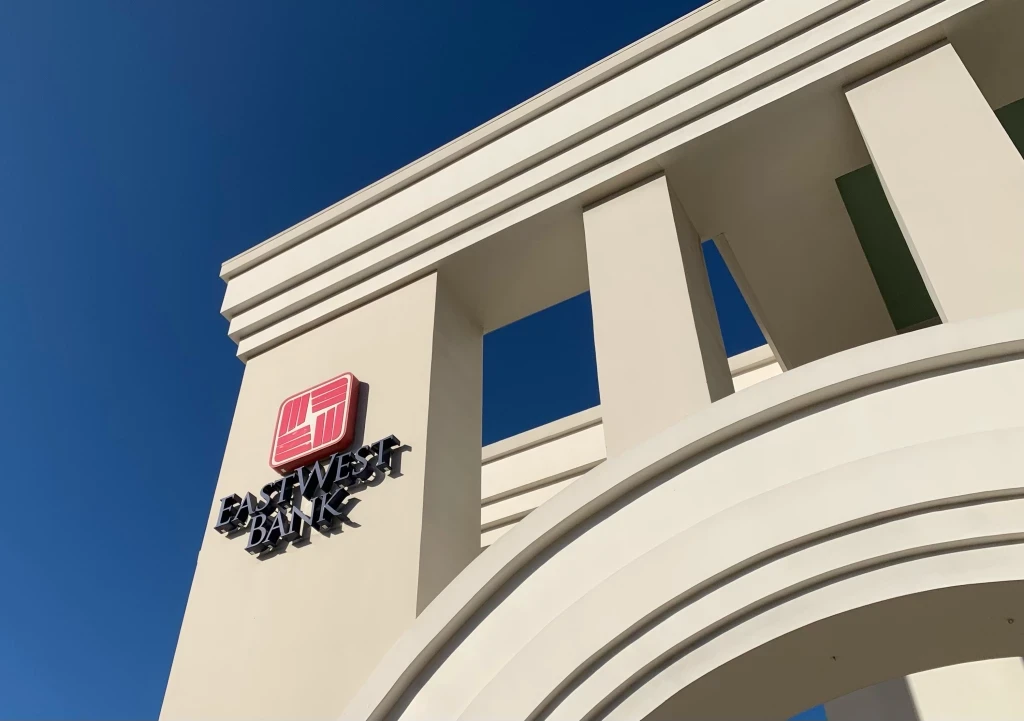As several regional banks draw near $100 billion of assets, New York Community Bancorp's flirtation with disaster earlier this year can
The Long Island bank's assets grew from
New York Community was the first to become a so-called Category IV bank since the Federal Reserve rolled out stricter rules in 2019 for banks that pass $100 billion of assets. Six regional banks are closing in on that milestone, but they're taking time to prepare for what comes with it, said Jefferies analyst Casey Haire.
"If you look forward to the next in line, they're in much better shape for a variety of factors, and they have time before they get there," Haire said. "And, given what happened [with New York Community], they're going to take it a lot more seriously."
Haire said banks aren't likely to take steps to avoid hitting $100 billion, but they have a few years to prepare since overall economic growth has slowed.
Banks that hit $100 billion of assets,
As banks report first-quarter earnings over the next few weeks, Haire thinks that the companies nearing $100 billion of assets will have to answer questions about their preparations, including merger-and-acquisition plans and operational strategies.
Here's what six banks have recently said about approaching $100 billion of assets:











